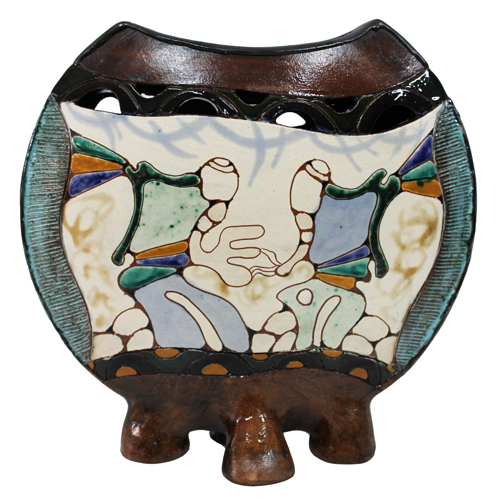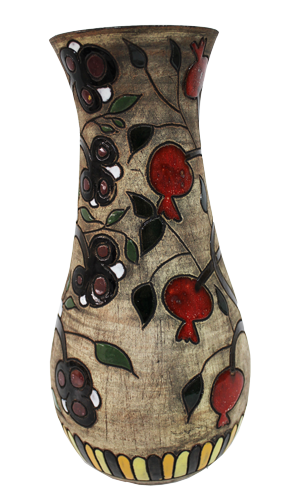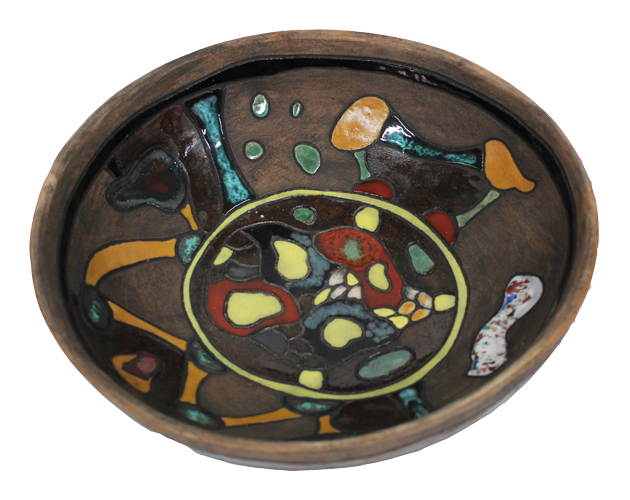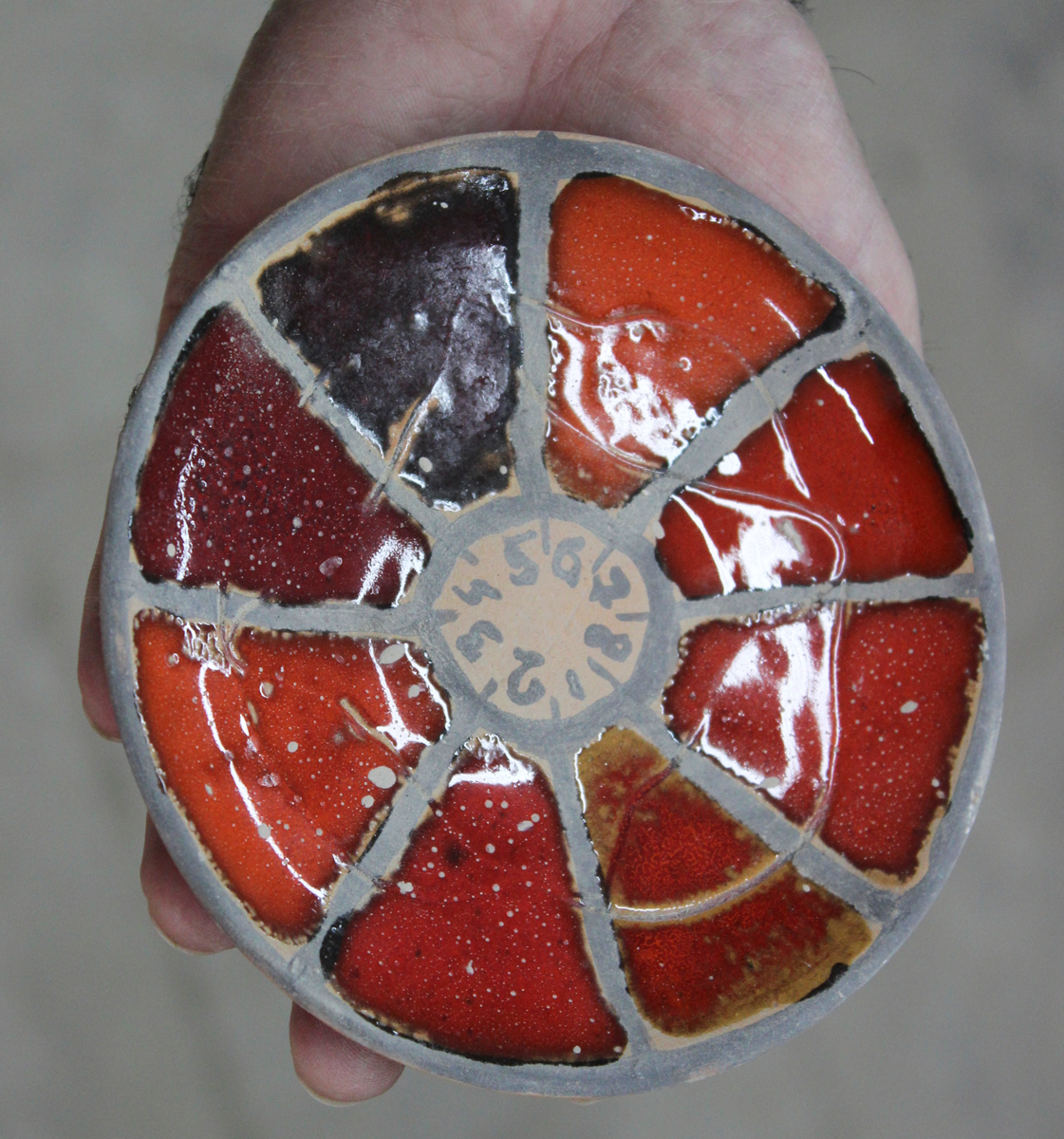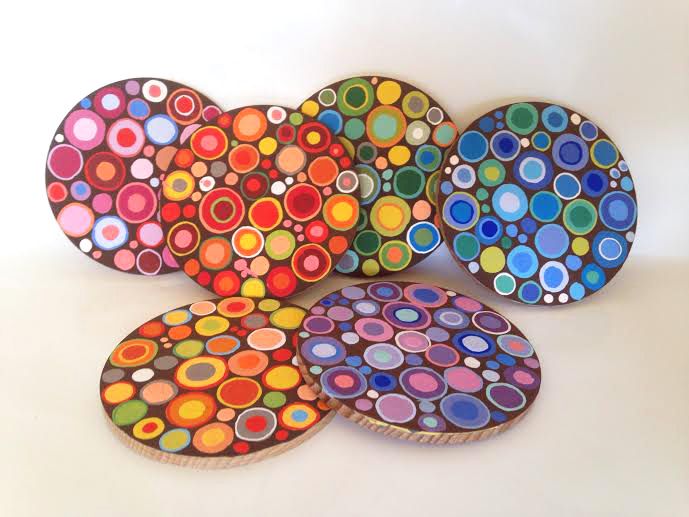Pottery-Making: Behind The Scenes, Part 2
Today I invite you to join me for the second journey to the wonderful world of pottery-making. I am so excited to announce that I have a new arrival to my boutique – several amazing handmade ceramic art vessels, and in this post, I will reveal some secrets about how they were made.
Let’s have a look first at what I’ve got:
1) This is definitely one of my favorites – gorgeous ceramic art vessel in very original shape covered with abstract paintings. Perfect for decorating console or shelf:
2) Tall blue and turquoise decorative vase from the same artist:
3) Vase with pomegranates. Did you know that pomegranate is one of the most worshipped fruits in the world? Muslims see it as a symbol of purification, Buddhists say that it is one of three blessed fruits and Christians believe that it is an allegory to church, which protects numerous faithful. In Armenia pomegranate is considered as one of the national symbols, standing for wealth and fertility, that’s why it is so important to have it at home.
4) Tall square vase with original decor depicting ancient cave paintings found in the mountains of Armenia. The presence of ancient rock art found overall in the Caucasus shows that people started to live here nearly 40000 years ago, which reflected on their rich cultural heritage.
5) Decorative ceramic bowl with the abstract decor, perfect for serving fruits or as a table centerpiece:
6) Red clay wine jug in rustic style with very original handle repeating the shape of a hand. This jug is perfect for serving red wine as it maintains the required temperature for a very long time.
The majority of them were made my Movses Avetisyan. Lets have a look at him while he is working:
As you can see from the video, when ceramist covers object with glaze, it has very bright and light colour, so different from what it becomes after firing. You can hardly predict how glaze will look like when it comes out of the kiln: blue initially looks like light purple, red like orange and orange like yellow. This is one of the main difficulties when it comes to handmade ceramics and that’s the reason why every ceramist first “tests” the glaze before putting it on the object. He creates a special template where he puts a sample of each colour and marks it with referral number so that he knows how this glaze behaves after firing:
This is just one little secret of pottery making. There are many more and you can spend the whole life learning all of them.
Hope you have enjoyed the journey and looking forward to hearing from you!

